The AR-15 is, without question, the most popular style rifle in the United States. It is also a top-tier gun around the world as well. It is lightweight, easy to run, and very accurate, which all lend to its popularity. To many, the internal workings of the gun are of no real interest. In their mind, it could be a small village of elves throwing bullets down the barrel, and they just have no interest in knowing more. For those who are more curious, though, the internal workings of the AR-15 are fascinating. For those like me who share a ballistic curiosity, let’s look at the ultimate rifle breakdown and understand just how these rifles work.
How an AR-15 Works: What You Need to Know
The AR-15 rifle is the brainchild of gun designer Jedi Eugene Stoner. The design ended up in the hands of the Armalite Rifle company, and a legacy was born. Contrary to what the intellectually dishonest and IQ-challenged media may say, “AR” does not stand for “Assault Rifle.” As you have guessed, it means Armalite Rifle. While not initially chambered in 5.56mm, the military decided they wanted a lightweight rifle with a high-velocity cartridge. Over the last 68 years, the rifle has evolved. It has become “America’s Rifle.”
The first version of the rifle, and still the most common, is what is called a direct impingement style. With that, the gun runs like this. A round is chambered into the rifle, and the trigger is pressed. The hammer springs forward, striking the firing pin. The firing pin drives forward and strikes the primer at the back of the round. This ignites the propellant, and the built-up gas forces the bullet out of the case and down the barrel. Along with the bullet, there is a lot of gas running down the barrel as well. The gas that passes down the barrel is forced into a slender gas tube running along the top of the barrel through the gas block. This gas is then redirected back towards the chamber, where it pushes against the bolt carrier group, which moves to the rear against the buffer spring.
Advertisement — Continue Reading Below

Semi-Auto Operation
At the same time the bolt carrier group is moving to the rear, the bolt has grabbed the spent case. It ejects the case from the gun, clearing the chamber. Once the gas bleeds off, the buffer spring pushes the carrier forward. Meanwhile, the bolt strips a fresh round from the magazine and chambers it. The rifle is then ready to shoot again. Since it is semi-automatic, this cycle continues with each press of the trigger. This happens until the magazine is depleted of ammo.
The design is quite ingenious and has worked well for decades. Today, we have multiple flavors of AR’s that include guns using a gas piston as opposed to the classic direct impingement. With this, instead of the gas pushing the bolt carrier group to the rear, a gas-driven piston does the work. There are endless arguments about the pros and cons of each, but they both work well. As you have noted, this is a fairly simplified yet accurate description of the operation of the AR-15. I am a firm believer in the principle of knowing how things work and the benefits you gain from that knowledge. I hope this is helpful. As always, feel free to ask questions.
Advertisement — Continue Reading Below
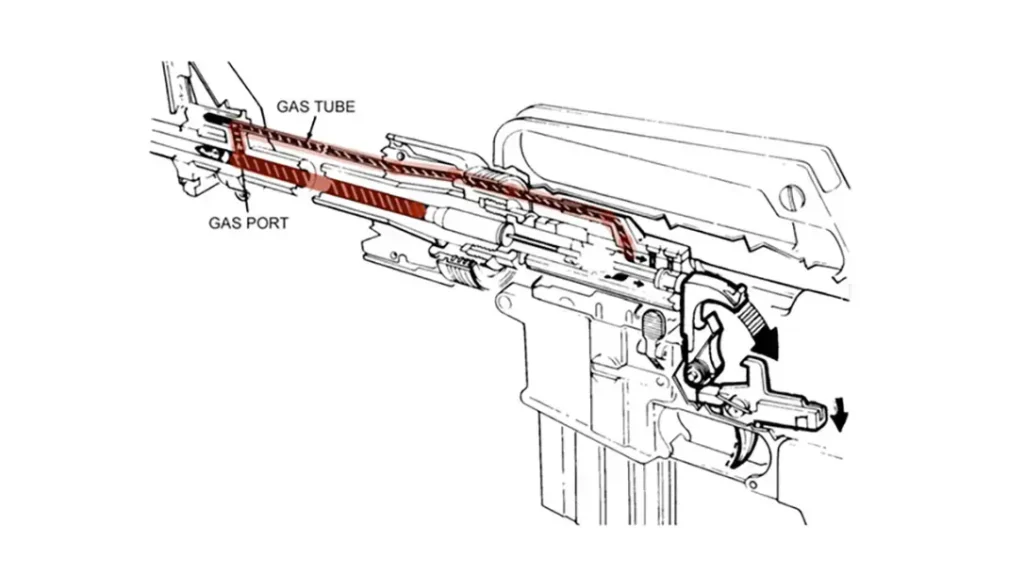
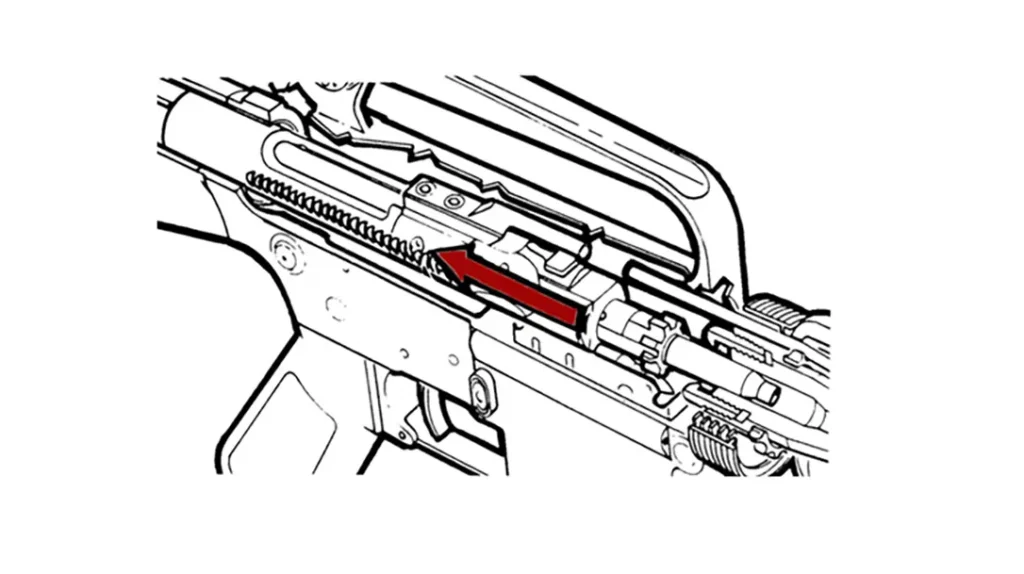
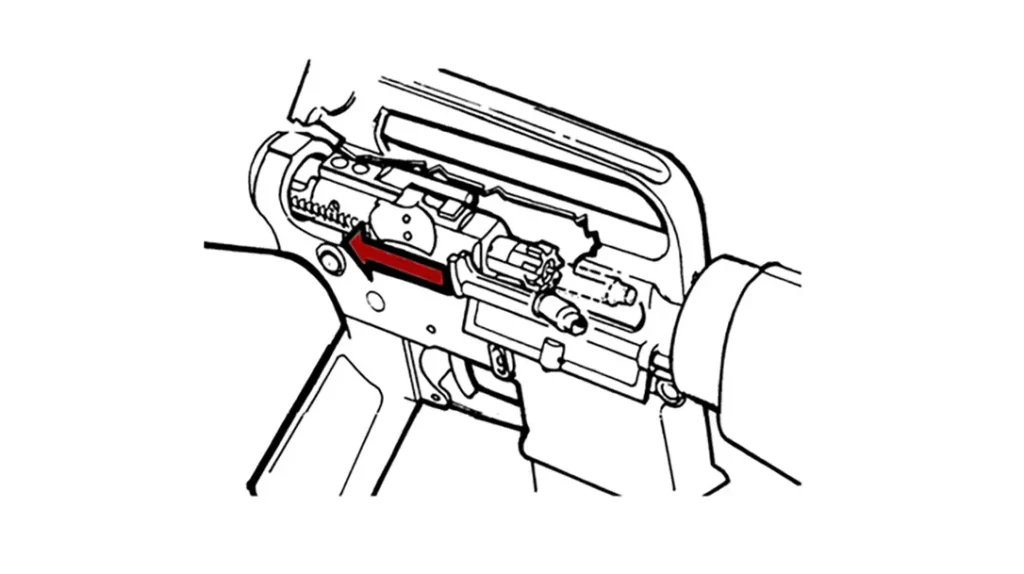
Advertisement — Continue Reading Below
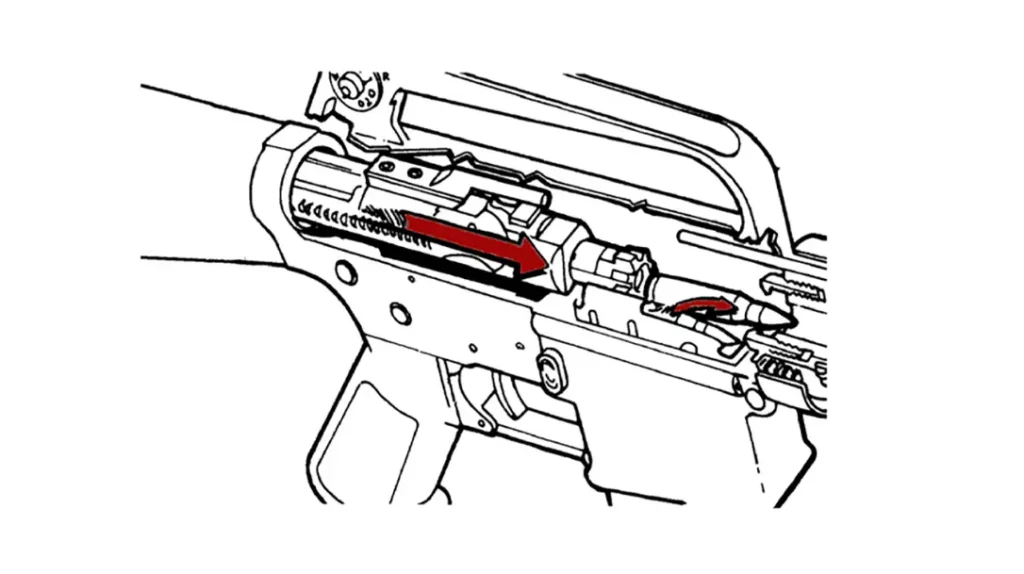
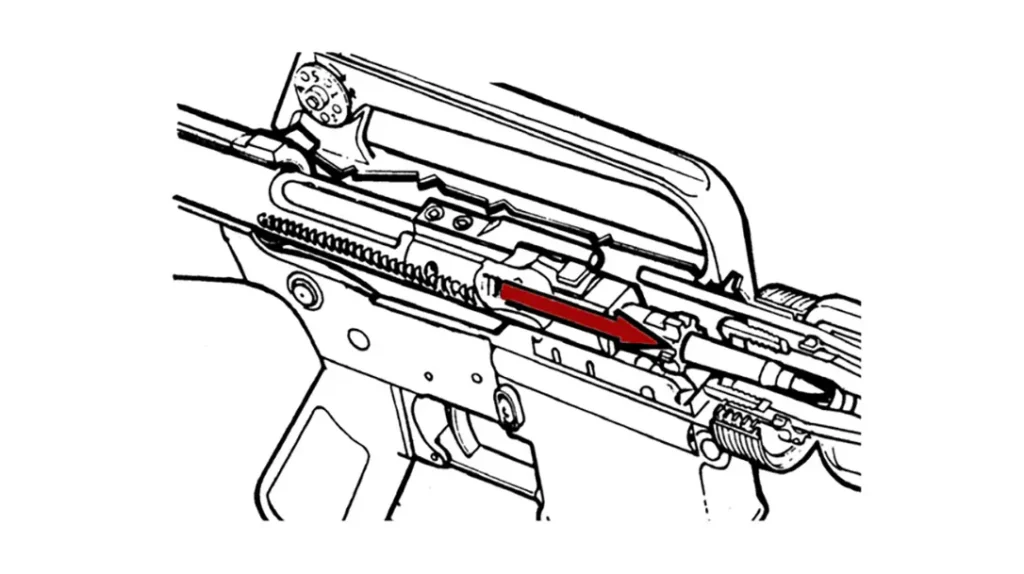
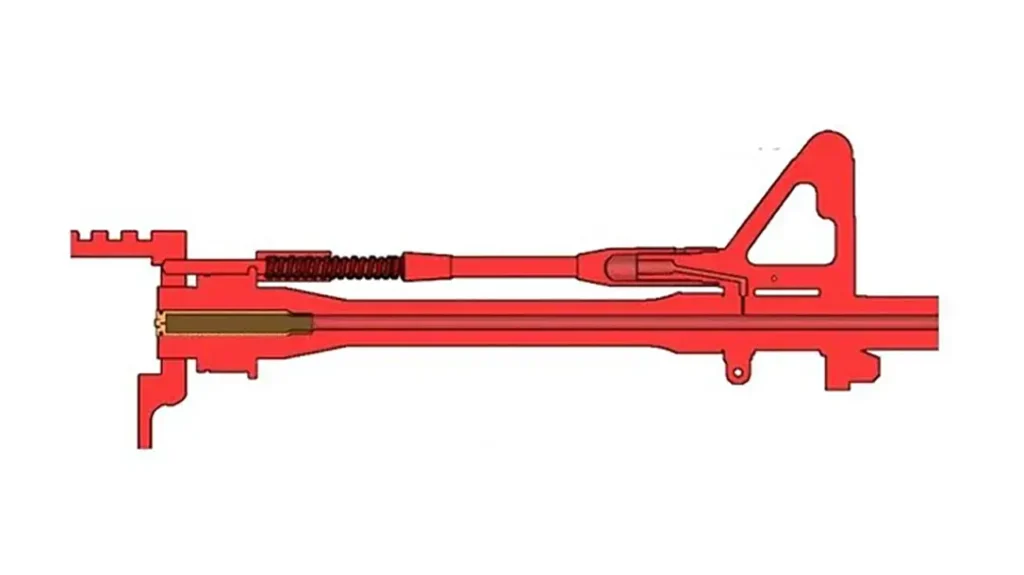
Advertisement — Continue Reading Below






















